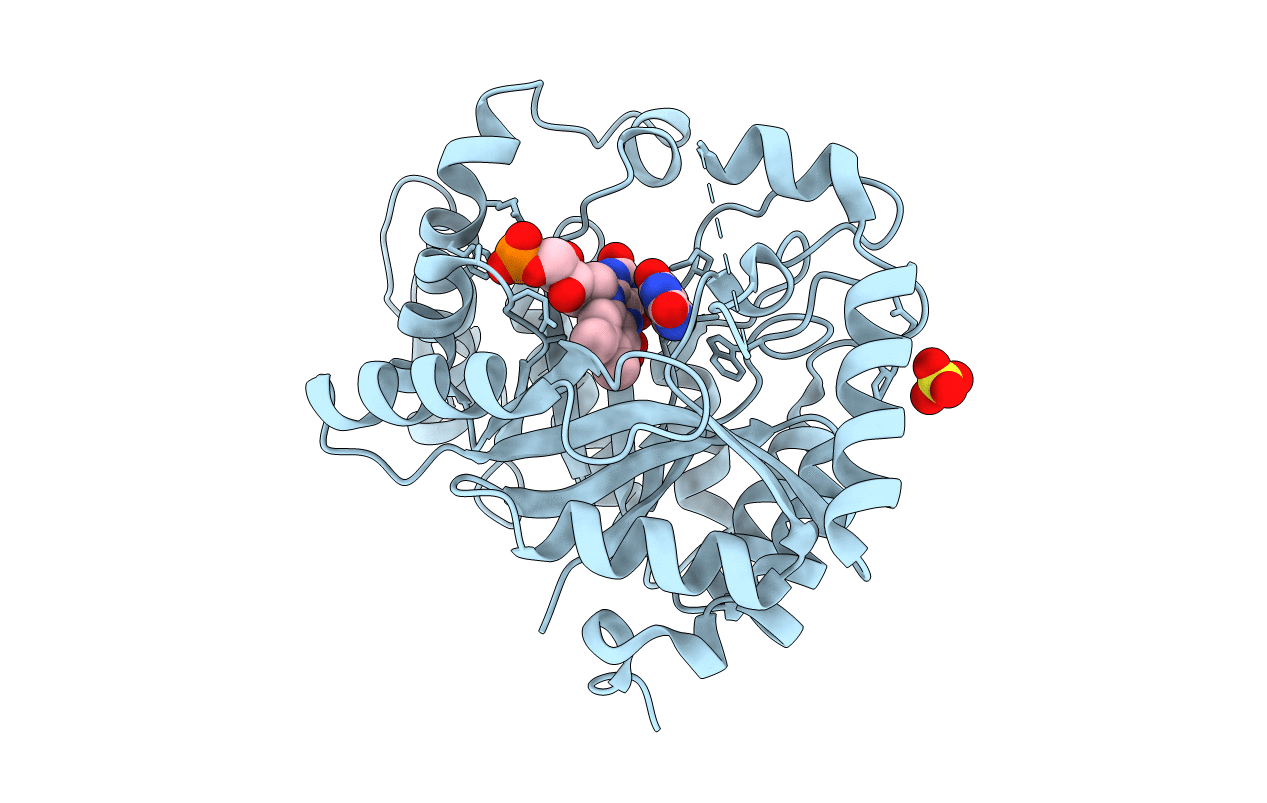
Deposition Date
2019-11-11
Release Date
2020-02-05
Last Version Date
2024-01-24
Entry Detail
PDB ID:
6TEG
Keywords:
Title:
Crystal structure of monooxygenase RutA complexed with uracil and dioxygen under 1.5 MPa / 15 bars of oxygen pressure.
Biological Source:
Source Organism:
Escherichia coli K-12 (Taxon ID: 83333)
Host Organism:
Method Details:
Experimental Method:
Resolution:
1.80 Å
R-Value Free:
0.21
R-Value Work:
0.16
Space Group:
P 31 2 1


